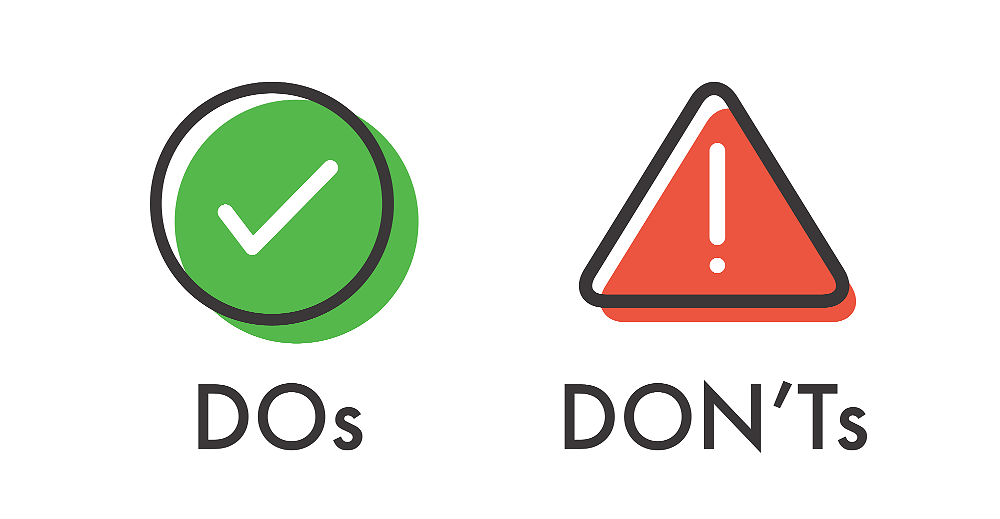
Take a look at the last website that you built. You probably spent a great deal of time getting the layout and graphics just right, or hours tweaking a Flash movie you have included, but how much time did you spend making sure your website was accessible by the widest possible audience? Did you test the sites navigation? What does your site look like to people who are sight impaired or colour blind? Or what about the devices such screen readers and magnifiers? How does your site look and sound when used with these applications?
The fact is accessibility issues have now become very important. This is not simply because designer’s now have a legal requirement embodied in the Disability Discrimination Act (DDA) to make sure their sites are accessible by the widest number of people; but also because good accessibility means your site will not only look good, but also communicate its message to the audience it’s aimed at, which should be its ultimate goal.
There are nearly 14 million registered disabled people in the UK. Moreover, 9 per cent of the population has some form of colour blindness. Also 4 per cent of the population have a sight problem and 21 per cent of the population is over 60 years old. As the web is now a primary source of information for millions of people, making the information and content on your website accessible to all, is not only a legal requirement, but will also gain your site a reputation as one that takes accessibility seriously. As Tim Berners-Lee, WC3 Director and inventor of the World Wide Web stated, “The power of the Web is in its universality. Access by everyone regardless of disability is an essential aspect.”
The Disability Discrimination Act is a comprehensive set of guidelines that attempts to completely tackle the discrimination that many of the UK’s disabled people feel. It is now unlawful for any company to limit access to its goods or services in any way. This includes their websites. So if you are building a website at the moment, you have to comply with this legislation.
Accessibility Checklist
The level of accessibility your website has is certainly governed by the existing legislation, but you should also think about the audience that your website speaks to. The profile of those people should also guide the level of accessibility that your website contains. Use the do’s and don’ts below as a guide to the accessibility points to be aware of:
Do’s
- 1. Avoid splash pages. They are in most cases not necessary and stop visitors getting quickly to the main website.
- 2. Test your web pages with all the graphics turned off and see if it can still be used. Many users access the web with non graphical browsers.
- 3. Check the colour combinations you are going to use as visitors with colour blindness may not be able to navigate your website if colour is a strong factor in its navigation design.
- 4. Visitors have a lot of control over how they view your web pages, none more so than in the size of the text. For instance, check your pages with the largest font size selected in Internet Explorer (View > Text Size).
- 5. Include ALT text for every image and descriptive text on every element of your web pages. This should ensure that screen reading software can read all of your web page to your site visitor.
- 6. Try to avoid content that needs a special plug-in to be read or accessed. Assume the lowest common denominator when choosing the content for your web pages.
Don’ts
- 1. Try to avoid content that needs a special plug-in to be read or accessed. Assume the lowest common denominator when choosing the content for your web pages.
- 2. Flash certainly has its place, but if it is essential to your websites design and navigation think twice about using it. Flash doesn’t perform well with screen magnifiers for instance, so could leave your visitors with no way of navigating your site.
- 3. Include forms on your website without clearly giving instructions on how to complete these including required fields.
- 4. Avoid the use of frames on your website. Older browsers simply can’t handle these. Your visitor simply won’t be able to access your website at all.
- 5. Write all of the text on your web pages in plain English. Try and avoid jargon that could confuse the reader.
- 6. Don’t just create a text only version of your website as your only accessibility option.

